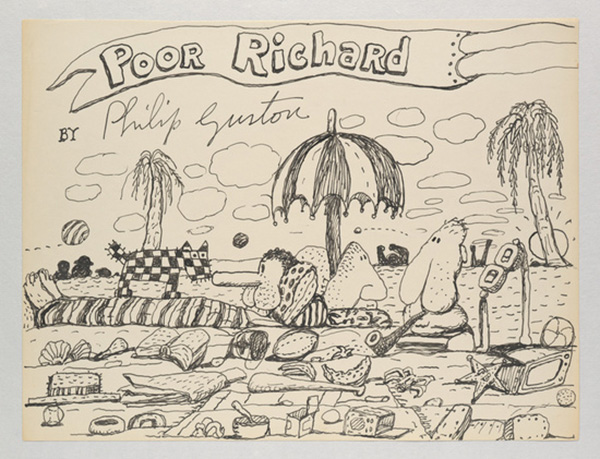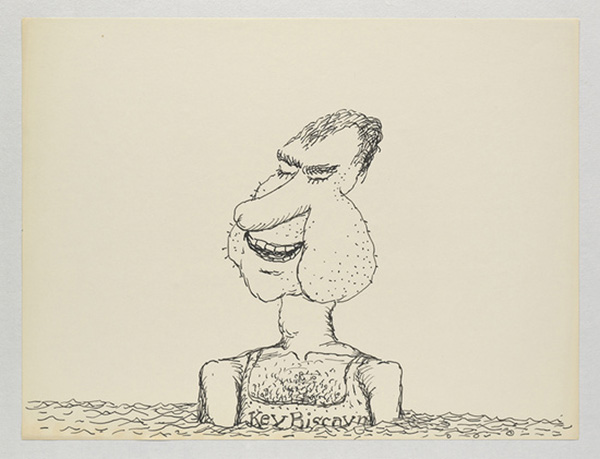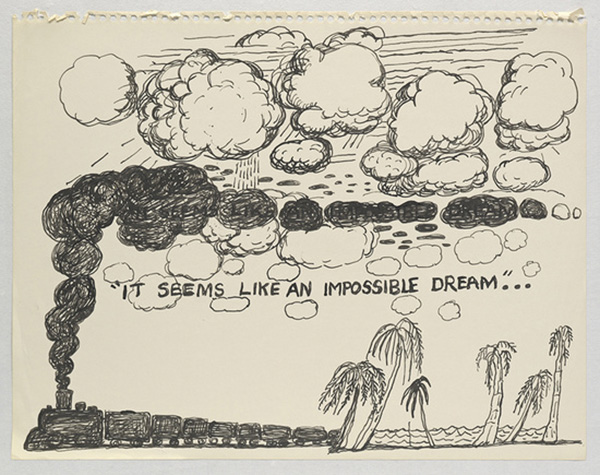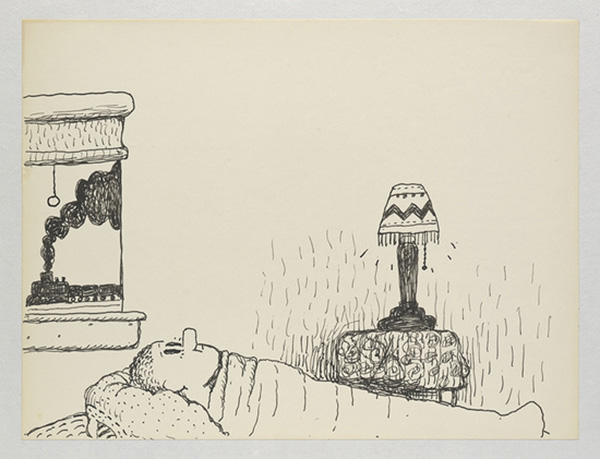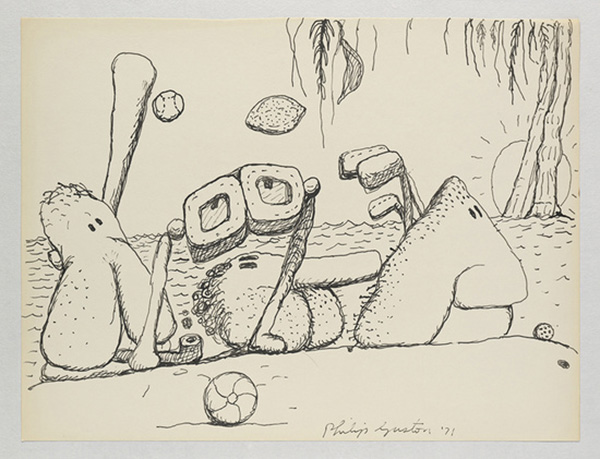ART-PRESENTATION: Philip Guston-Laughter in the Dark
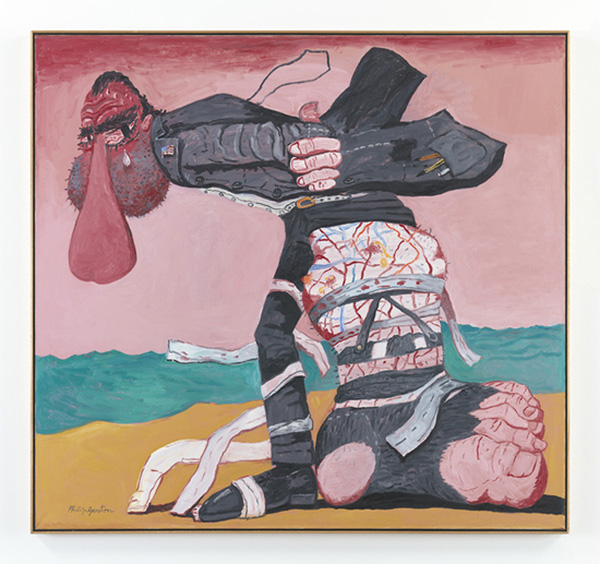 In a career of constant struggle and evolution, Philip Guston emerged first in the ‘30s as a social realist painter of murals. Much later he also evolved a unique and highly influential style of cartoon realism. But he made his name as an Abstract Expressionist. He avoided the muscular gestures of painters such as Jackson Pollock and Franz Kline, and opted for a lighter touch, painting shimmering abstractions in which forms seem to hover like mists in the foreground.
In a career of constant struggle and evolution, Philip Guston emerged first in the ‘30s as a social realist painter of murals. Much later he also evolved a unique and highly influential style of cartoon realism. But he made his name as an Abstract Expressionist. He avoided the muscular gestures of painters such as Jackson Pollock and Franz Kline, and opted for a lighter touch, painting shimmering abstractions in which forms seem to hover like mists in the foreground.
By Efi Michalarou
Photo: Hauser & Wirth Gallery Archive
One of the most celebrated proponents of Abstract Expressionism, Guston shocked the art world in 1970 when he first exhibited a new body of figurative work, rather than a continuation of the gestural abstraction for which he had gained great acclaim. The exhibition “Philip Guston. Laughter in the Dark, Drawings from 1971 & 1975”, at Hauser & Wirth in London is devoted to the late artist’s satirical drawings of Richard Nixon, the 37th President of the United States, featuring 180 works depicting Nixon and his cronies, including Guston’s infamous “Poor Richard” series and over 100 additional drawings. These trenchant works were created e of the early 1970s, as the United States suffered under the weight of civil unrest and social dissent following the assassinations of Martin Luther King Jr and Senator Robert F Kennedy, the chaos of the 1968 presidential election, and the enduring violence and brutality of the Vietnam War. During the summer of 1971 Guston engaged in an artistic pursuit of the embattled president, turning toward the immediacy of drawing and revelling in the power of expressive line. The works in the exhibition can be viewed within the distinguished tradition of political satire and social commentary by artists such as Hogarth, Daumier, Goya, and Picasso. Seeking a language to resolve a pictorial crisis that was at once personally and politically engaged, Guston’s adaptation of the comic-strip style of caricature emerged at a pivotal crux in his artistic career. The presentation opens with “Alone” and “In Bed II” (both 1971), two paintings that culminate Guston’s outpouring of satirical Nixon images over the months of July and August that same year. Developed through the language of caricature, these works propose a new pictorial order that conveys both the pathos of a fraught inner terrain and the impossible turmoil of the exterior world. Each painting renders a solitary figure lying awake in bed, caught in an introspective state of contemplation and foreboding. The exhibition continues with the “Poor Richard” (1971), as well as works from “The Phlebitis” Series from 1975. While Guston’s narrative follows Nixon from his youth to his eventual resignation of the presidency in 1974, the primary fuel for the Nixon drawings came from the events of July 1971. Encouraged by his trusted National Security Advisor, Henry Kissinger, Nixon announced plans to visit China and establish a new era of statesmanship and political relations. Dumbfounded by the hypocrisy of a man who had built his career upon a virulent anti-Communist stance, Guston conceived a slew of skits and sketches related to the voyage Nixon would take when visiting China in February the following year. Selecting 73 drawings from his scores of Nixon caricatures created in the summer of 1971, Guston edited the compositional chronology that makes up the “Poor Richard” series. Guston had originally intended to publish this sequence as a book, but a deep-seated ambivalence prevailed about these highly personal and politically profane works. In 2001, the Poor Richard series of 73 drawings were at last exhibited together and published in a volume of the same name by the University of Chicago Press. In the rarely exhibited painting “San Clemente” (1975), Nixon, red-faced and inflamed, appears in agonising pain, dragging himself across the California beach with a self-pitying tear rolling down his cheek. Bunkered at his ‘Western White House’, the former leader of the free world has become a symbol of self-disgust and shame.
Info Curators: Sally Radic and Musa Mayer, Hauser & Wirth Gallery, 23 Savile Row, London, Duration: 19/5-29/7/17, Days & Hours: Tue-Sat 10:00-18:00, www.hauserwirth.com
